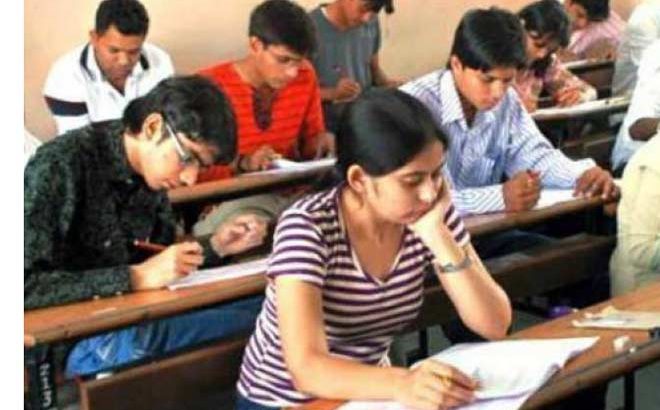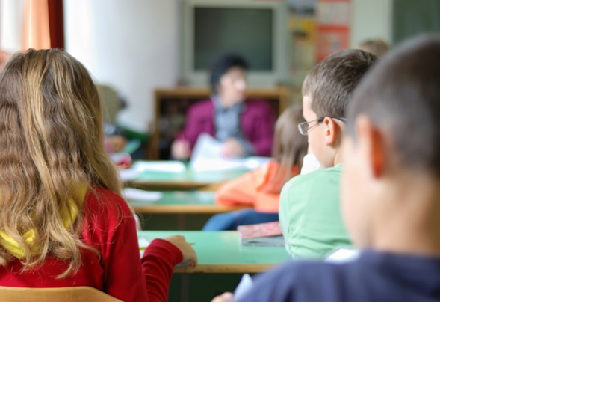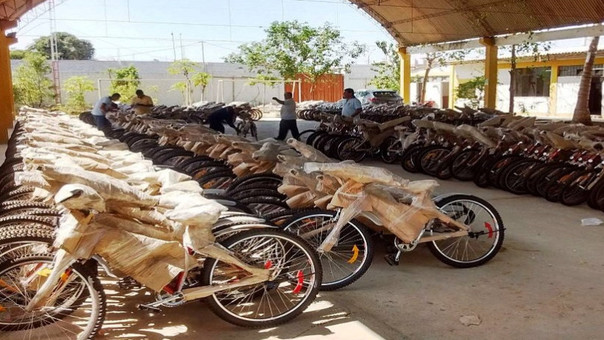Asia/India/Julio de 2016/The Financial Express
RESUMEN: La India se coloca en pobreza entre 105 de 130 países en el índice de capital humano WEF clasificación muestra claramente que el sistema educativo está fuera de sintonía con el mercado de trabajo. El gobierno debe cambiar su política de educación para llenar este vacío con la ayuda de la revolución digital. Las perspectivas de crecimiento de un país, en gran medida, depende de su capacidad para crear, desarrollar y desplegar el capital humano, y en India con una población de más de 132 millones de rupias, esto va a desempeñar un papel crucial en la consecución de un alto crecimiento y trayectoria de alrededor del 10%. Sin embargo, la mala noticia es que el país, a pesar de la mejora en los niveles de educación en los últimos años, todavía tiene que viajar una distancia considerable en términos de utilización de su capital humano – en el último ranking del Foro Económico Mundial (FEM), la India ocupa el puesto de pobreza 105 en el índice de capital humano en todo el mundo que cubren 130 países.
Por: Santosh Tiwari
India being placed at a poor 105 out of 130 nations in the WEF human capital index ranking clearly shows that the educational system is out of tune with the job market. The government must change its education policy to fill this gap with the help of the digital revolution.
The growth prospects of a country, to a large extent, depends on its ability to create, develop and deploy the human capital, and for India with a population of over 132 crore, this is going to play a crucial role in attaining a high growth trajectory of around 10%.
But, the bad news is that the country, despite improvement in the educational levels over the years, still needs to travel quite a distance in terms of utilization of its human capital – in the latest World Economic Forum (WEF) rankings, India is ranked a poor 105 on the worldwide human capital index covering 130 countries.
Thanks to a low optimization of 57.73% of its human capital as compared to Finland which is at the top with 85.86%, India is placed much below China, ranked 71st, and even Bangladesh, Bhutan and Sri Lanka are better placed than it.
Even after all the talks of skill development initiatives, the situation has not improved from last year when the country was placed 100th out of total 124 countries. That India is lacking badly in the efforts to attune its educational system and infrastructure to match the employment needs is quite visible from the WEF index pointers for different age groups.
For the 0-14 year segment, the country’s human capital rank is a much better 62, obviously because of the improved enrollment levels in schools, but as one moves up in the age-group from here, the ranking starts deteriorating because of the lack of vocational and other training facilities which play a big role in enhancing the employability.
In the age group 15-24, it is placed at the 106th position, and in the critical 25-54 years band, it is at 119. This state of affairs continues in the 55-64 years age group with the 120nd rank and it stays at this level with 119th position again, for the 65+ age group.
While the overall rankings are clearly not encouraging, there are silver linings like a much better 39th rank in quality of education, 46th in on the job training and 45th in ease of finding skilled employees, reflecting the change in the country’s business profile with the emergence of India as a major supplier of skilled manpower in the technology-intensive areas.
But, this is clearly limited to a small portion of the educated population even today. At a time when the government is looking at bringing in the necessary changes in the education system, it would do well by focusing on the creation of a workforce that is easily employable and not just end up becoming graduates and post graduates without any job.
All those getting into the tertiary education, must have the opportunity to engage in studies that equip them to be absorbed in the job market or become self-employed. The WEF report rightly points out how a country adapts its education system to the digital revolution would be critical here.
Digital India, therefore, could play a big role in this, in India, if the private sector is also brought on board.
Foto: WEF human capital index ranking: Thanks to a low optimization of 57.73% of its human capital as compared to Finland which is at the top with 85.86%, India is placed much below China, ranked 71st, and even Bangladesh, Bhutan and Sri Lanka are better placed than it. (PTI)
http://images.financialexpress.com/2016/06/students-l-pti-2.jpg
Fuente: http://www.financialexpress.com/article/fe-columnist/wef-exposes-the-great-indian-gap-between-education-and-jobs/302642/












 Users Today : 72
Users Today : 72 Total Users : 35423572
Total Users : 35423572 Views Today : 90
Views Today : 90 Total views : 3358807
Total views : 3358807